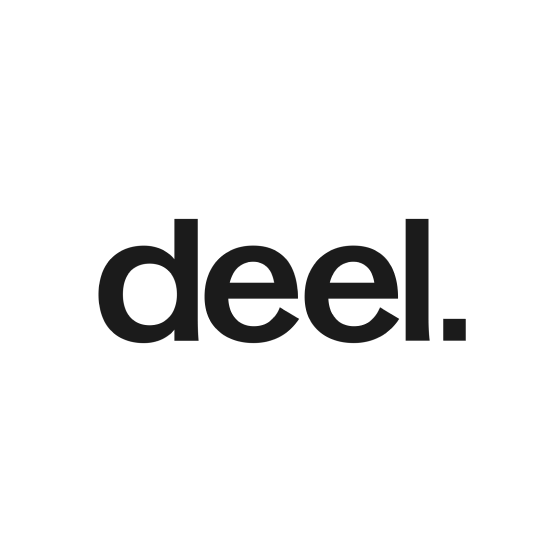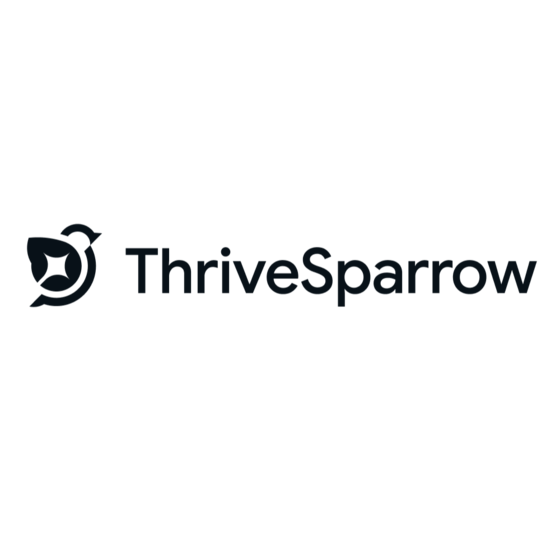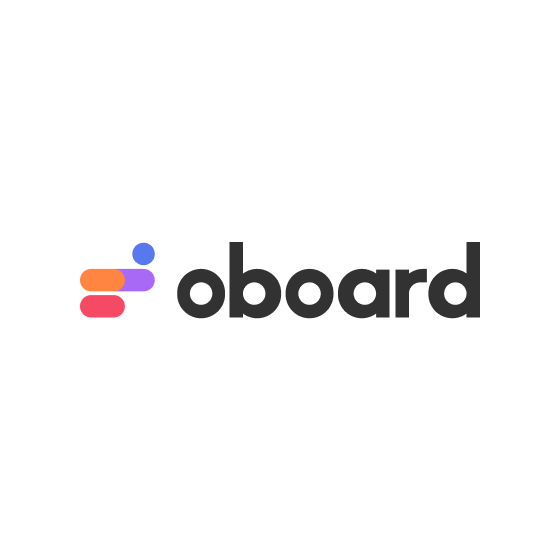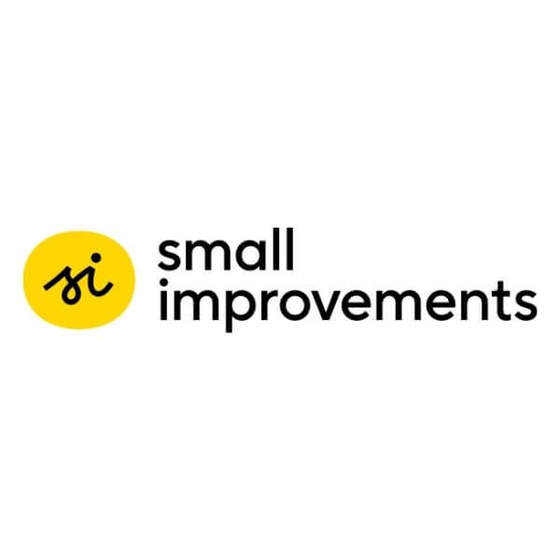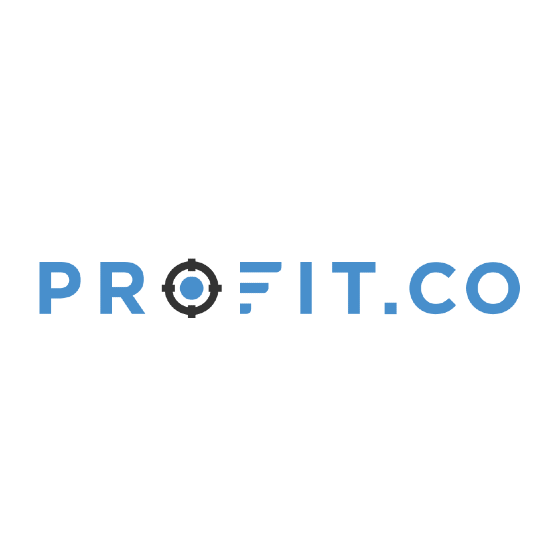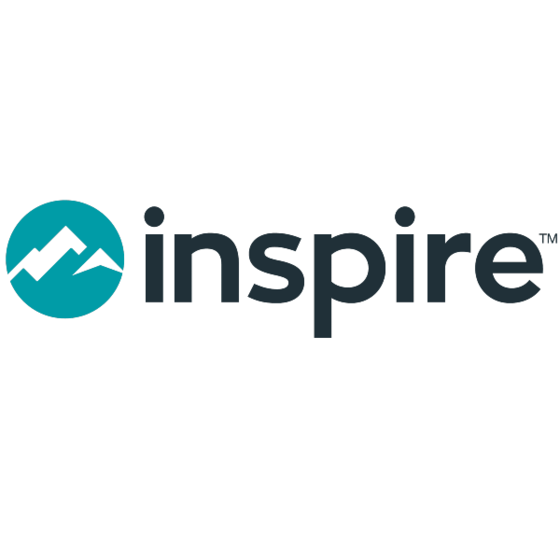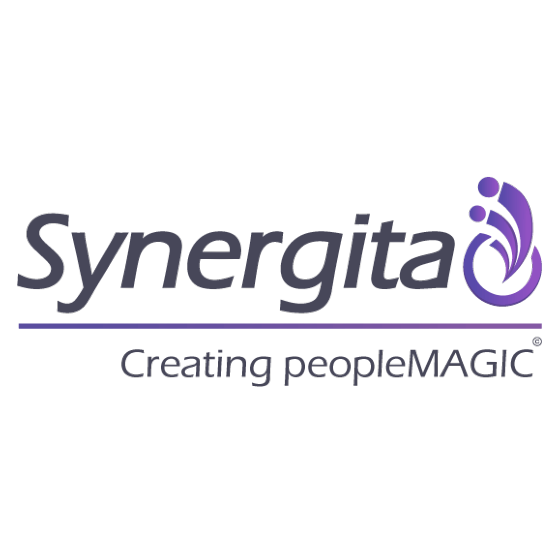Pricing varies by features, usage, and service level: per-user tiers, SSO/API/custom permissions on higher plans, and viewer vs editor seats that change how many licenses you need.
The sticker price isn’t the total cost: you may pay extra for SSO, onboarding/implementation, data migration, premium support, and certain integrations, and some pricing sits behind a sales call or custom quote.
Focus on ROI and scale, not just price: map roles so only editors get paid seats, use free/viewer roles where possible, model 12–24 months with headcount growth and add-ons, and ask for annual and volume discounts.
Choosing OKR software can feel surprisingly complex. Tiers, per-user pricing, and feature gating (like SSO) muddy the waters—and many vendors hide full pricing behind a sales call.
I'm here to shed some light on the situation. I’ll cover typical cost ranges, common pricing models, and what impacts the price.
I’ll also flag hidden fees (onboarding, SSO, integrations, data migration, minimums) and share a simple way to check ROI so you and your team can pick a plan that fits.
This guide is for you if you lead buying or budgeting—HR/People leaders, department heads, finance, or procurement.
What Factors Influence OKR Software Pricing?
When you and your team are selecting OKR software, consider how features, user counts, and service levels can affect costs, like adjusting for more users or needing specific integrations. Here's a breakdown of key factors that influence pricing:
You’ll see costs swing from about $19 to $89 per editor/month when you add SSO, API/Jira connects, or more editor seats while keeping most staff as free viewers.
| Factor | How It Affects Pricing |
|---|---|
| User Tiers | Editor seats drive spend; viewers are often free, so map who truly edits OKRs vs views status to avoid over-licensing. |
| Templates | Basic templates are usually included on lower tiers and advanced templates and workflows often sit on mid tiers that help your team launch faster. |
| Automation Limits | Automations and API access commonly require upper tiers; budget around $79–$89/user/month if you need integrations to tools like Jira or your data stack. |
| Time Tracking | If you want OKRs tied to time or capacity, you may need a plan upgrade; the jump from base to pro can add roughly $20–$60/user/month depending on the suite bundled. |
| SSO & Security | SSO and advanced security typically unlock only on Pro/Enterprise; moving up from a base plan can add about $30–$40/user/month per editor |
| Viewer Access Policy | Some tools let unlimited viewers in for free; if viewers required paid seats, your cost could rise by $19–$89 per person/month, so keep most of your org on viewer roles. |
OKR software Price Comparison
| Tool | Best For | Trial Info | Price | ||
|---|---|---|---|---|---|
| 1 | Best with advanced analytics tools | Free trial + demo available | From $29/month | Website | |
| 2 | Best for flexible OKR cycles | 14-day free trial | From $2/employee/month | Website | |
| 3 | Best for integrated goals and performance | Free demo available | From $5 to $10/user/month | Website | |
| 4 | Best for Jira users | Free demo available | Pricing upon request | Website | |
| 5 | Best for continuous performance feedback | 30-day free trial | From $3/user/month | Website | |
| 6 | Best for an intuitive user experience | 30-day free trial + free plan available | Pricing upon request | Website | |
| 7 | Best for creating cross-team alignment | Free plan + 14-day free trial available | From $18/user/month | Website | |
| 8 | Best AI-powered holistic OKR solution | Free demo + free trial available | From $10/employee/month | Website | |
| 9 | Best for continuous performance management | 7-day free trial | From $5/employee/month (billed annually) | Website | |
| 10 | Best for weekly planning tools | 14 days free trial | From $108/month for 4-10 users | Website |
Understanding Pricing Models
When you’re choosing OKR software, the pricing model—not just the sticker price—drives what you’ll pay: per-seat counts editors vs viewers, usage meters automations/API calls, and custom quotes often add minimums.
The model is the rulebook; the cost is the outcome after discounts, add-ons (like SSO or onboarding), and any overages you trigger.
Here’s how each model works and what to watch for so you don’t blow your budget:
| Pricing Model | How It Works | What to Watch For |
|---|---|---|
| Per user or seat | You pay for each paid seat, usually only editors while viewers may be free | Audit roles so only editors get seats; check for minimum seat counts and mid-term seat increases that raise the bill |
| Per usage | Charges grow with activity like objectives check-ins, automation runs, or API calls | Overage rates after included usage; set alerts and caps so workflows don’t quietly rack up fees |
| Tiered subscription | Features come in bundles; higher tiers unlock SSO, custom permissions, advanced reporting, and admin controls | If you need SSO or audit logs, you may have to buy a higher tier; confirm what’s gated and what’s included in lower plans |
| Custom quote | Sales sets pricing based on headcount, security needs, contract length, and support level | Minimum annual commitments, implementation/onboarding fees, custom SLAs, and slower procurement; push for caps and volume discounts |
| Pay-as-you-go or annual | Monthly offers flexibility; annual prepay usually gets a lower effective rate and better discounts | Watch auto-renew terms, ramp clauses tied to hiring, and cancellation windows; align term with your fiscal year and budget cadence |
Typical Pricing by Company Size
As headcount grows, you pay for more editor seats, stronger security (SSO), and support, so your per-user math changes fast; plan for growth, not just your current team size.
Here’s what teams like yours typically see by size and what that usually includes:
| Company Size | Typical Price Range | What’s Usually Included | Common Use Cases & Vendors |
|---|---|---|---|
| Small business | $100–$600/month | Core OKR tracking, check-ins, basic dashboards, limited integrations, free viewers where offered; SSO and advanced reporting usually need an upgrade | First OKR rollout for a small team, simple goal tracking and status updates |
| Mid-size business | $600–$3,000/month | More editor seats, integrations to Jira/Slack/HRIS, better reports; SSO, advanced permissions, and onboarding may be add-ons | Cross-team alignment, quarterly planning, light HRIS sync |
| Large business | $3,000–$8,000/month | Advanced admin controls, audit logs, SSO/SAML, automation/API, CSM access; premium support and sandbox often extra | Company-wide OKRs, portfolio views, robust reporting for execs |
| Enterprise | $8,000+/month | Enterprise security, data residency options, role-based access at scale, dedicated CSM; paid implementation and custom integrations common | Global rollout, multiple business units, strict compliance |
Hidden & Add-On Costs to Watch For
When deciding on an OKR software, it's crucial to spot hidden costs that can surprise your budget. Real-world examples include onboarding fees or charges for premium support that aren't obvious upfront. Here's what to watch for:
| Cost | Description |
|---|---|
| Onboarding/setup fees | Some vendors charge $500 to $2,000 for initial setup services or custom onboarding processes. |
| Training or certifications | Vendors like Betterworks offer paid training programs, which can cost a few hundred dollars per session, important if your team requires formal training to use the software effectively. |
| Premium support | Companies like Lattice offer premium support packages that can add $100 to $1,000 annually for faster response times and dedicated account managers. |
| Integrations beyond standard set | If you need more than the standard integrations, vendors like 15Five may charge $50 to $200 for each additional integration, which is crucial if your team relies on a wide range of tools. |
| Usage overages | Some OKR tools may charge extra if you exceed usage limits, like the number of goals or users, potentially increasing costs by $10 to $50 per user. |
| Contract minimums | Certain vendors require minimum contract terms, which can lock you into a year-long agreement, as seen with Culture Amp, making it vital to be sure of your long-term needs before committing. |
| Compliance or legal updates | Vendors like may charge for updates to meet new compliance or legal standards, which can add unexpected expenses, especially for industries with strict regulatory requirements. |
Types of OKR Software Pricing: Subscription Plans & Upgrade Triggers
OKR software often uses subscription plans with tiered pricing, where features and limits vary by plan level:
- Plan Levels: Most vendors offer Starter, Pro, and Enterprise plans. Each level includes different features, with higher tiers offering more integrations and advanced analytics.
- Upgrade Triggers: User limits and integration caps are common triggers for upgrading. For instance, if your team grows or you need more integrations, you might need to move from a Starter to a Pro plan.
- Annual vs. Monthly Discounts: Many vendors provide discounts for annual payments. Paying annually can save you money compared to monthly payments, but it's important to ensure you're committed to using the software long-term.
- Transparency: Vendors are generally transparent about their basic pricing, but enterprise features or custom solutions may require direct consultation. It's wise to ask about any hidden fees or additional costs upfront.
To avoid overspending, evaluate your team's needs carefully and choose a plan that aligns with your growth. Always check for hidden costs and be clear on what triggers an upgrade.
Maximizing ROI from Your OKR Software Investment
ROI should shape your decision when buying OKR software, as tracking it post-implementation can reveal the software's true value:
Time Saved
Automation and streamlined workflows can drastically cut down on time spent on manual tasks, freeing up your team for more strategic work. Consider which manual processes the software will replace and how much time your team could save. Ask vendors to demonstrate features that save time in a typical use case. This insight helps you understand the potential increase in productivity and efficiency.
Error Reduction
Fewer manual handoffs or calculations mean fewer costly mistakes. Identify where errors currently occur and how the software might reduce them. Ask vendors to show how data is validated or controlled across the platform. This ensures you’re choosing a tool that enhances accuracy and reliability in your operations.
Compliance Avoidance
Features supporting legal, financial, or industry standards can help you avoid fines or audits. Inquire about built-in compliance features and whether the platform supports your industry's requirements. Ask for examples of how the software helped avoid compliance gaps. This knowledge protects your company from potential legal or financial repercussions.
Cross-Team Adoption or Consolidation
Using one tool across multiple teams can reduce costs and improve alignment. Determine if the software could replace multiple tools and which teams would realistically use it. Request rollout stories across functions from vendors. This approach ensures the software is versatile and beneficial to your entire organization.
Questions to Ask Vendors During Pricing Demos
Demos are your team’s best chance to clarify pricing, dig into what's included, and avoid surprises. Come prepared with questions, and consider drafting an OKR software RFP to ensure nothing is overlooked. Here are some key questions to ask:
- How is your pricing structure set up, and what factors influence it?
- What features are included in each pricing tier, and what requires an upgrade?
- Are there any usage caps or overages we should be aware of?
- What are the fees for support and onboarding, if any?
- How does billing frequency affect pricing, and what are the renewal terms?
- What integrations are covered in the plan, and are there limits?
- Are there any hidden fees or additional costs we should anticipate?
- Can you provide examples of how pricing might change as our needs grow?
Tips for Negotiating OKR Software Pricing
Pricing is often flexible, and the more prepared you are, the better your outcome. Strong negotiation tactics can help your team secure better pricing and contract terms without sacrificing functionality. Here are some tips to consider:
- Benchmark Competitors: Research what similar vendors offer and use this information to negotiate. Knowing the market rates helps you argue for a fair price.
- Discount Opportunities: Ask about discounts for startups, nonprofits, or long-term commitments. Vendors often have special rates that can save you money.
- Pilot Programs: Negotiate for a pilot program or phased rollout pricing. This lets you test the software’s fit for your team without full financial commitment.
- Renewal and Lock-In Clauses: Be clear on renewal terms and avoid lock-in clauses that limit flexibility. Negotiate for favorable terms that allow you to adapt as needed.
- Group Buying: Leverage group buying or procurement support if available. Pooling resources with other departments or organizations can lead to better deals.
What’s Next:
If you're in the process of researching OKR software, connect with a SoftwareSelect advisor for free recommendations.
You fill out a form and have a quick chat where they get into the specifics of your needs. Then you'll get a shortlist of software to review. They'll even support you through the entire buying process, including price negotiations.



